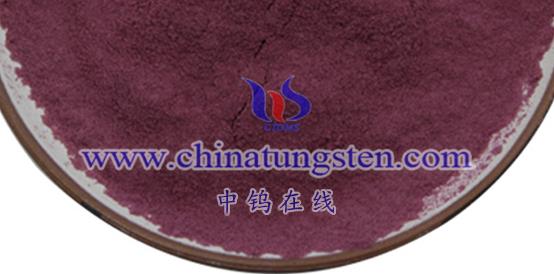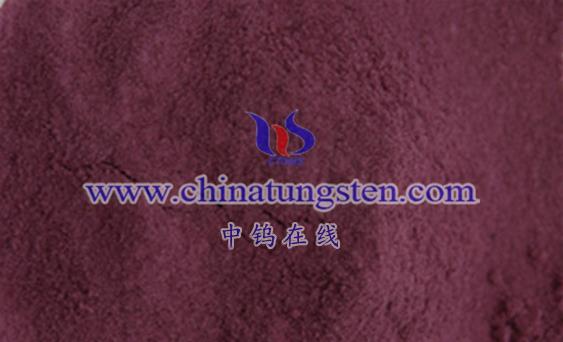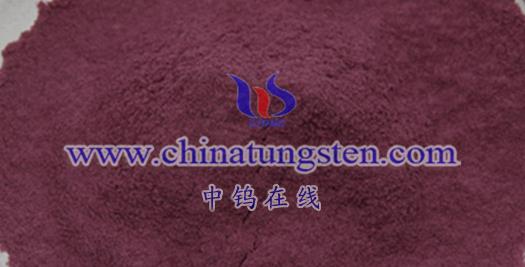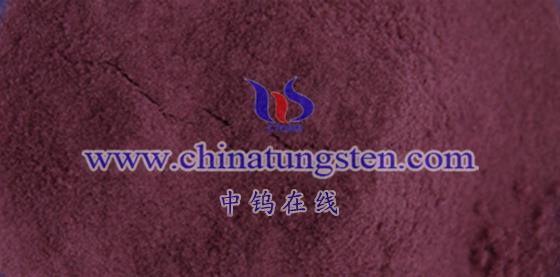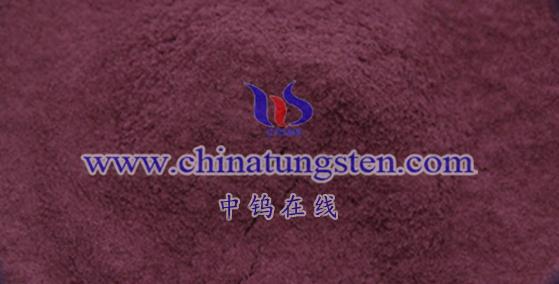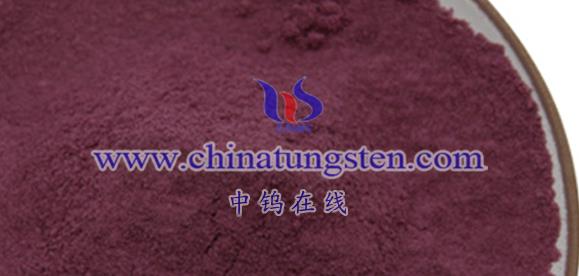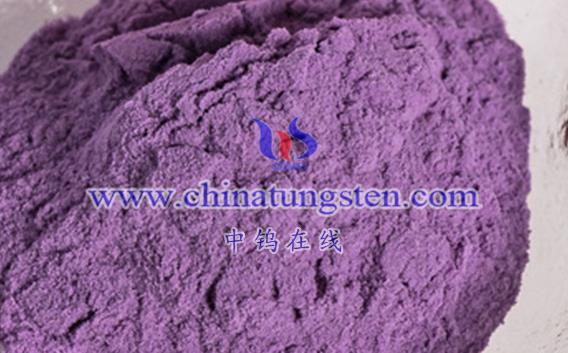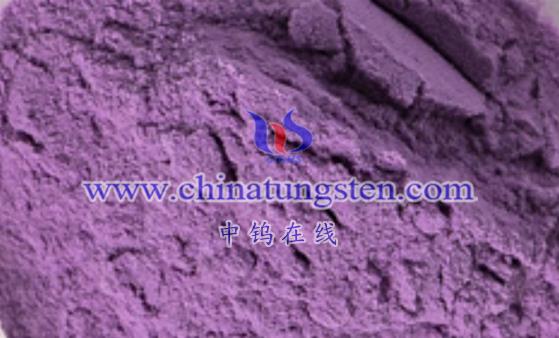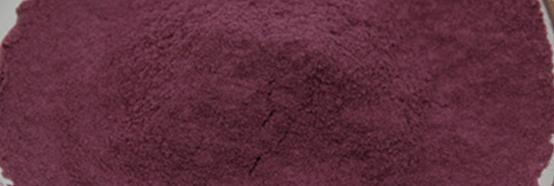
Sodium tungsten bronze (NaxWO3) exhibits various chemical properties that are significant in its applications. These properties can be discussed in the following aspects:
- Stability and Inertness
Sodium tungsten bronze demonstrates chemical inertness, meaning it is not easily reactive with other substances. Specifically, sodium tungsten bronze is insoluble in water and most acids, with the exception of hydrofluoric acid. This stability allows it to maintain its chemical properties in a wide range of environments. - Acid and Corrosion Resistance
Due to its tightly packed crystal structure and chemical inertness, sodium tungsten bronze has excellent acid and corrosion resistance. This makes it highly suitable for use in applications where resistance to acid corrosion is essential, such as in chemical processing and metallurgy industries. - Variation in Conductivity
The electrical conductivity of sodium tungsten bronze is closely related to the value of x in its chemical formula. When x exceeds 0.25, sodium tungsten bronze exhibits metallic conductivity, with conductivity decreasing as the temperature rises. When x is less than 0.25, it behaves as a semiconductor, with conductivity increasing as the temperature rises. This unique electrical property opens up potential applications for sodium tungsten bronze as a novel solid electrolyte material. - Reducing Properties
Under alkaline conditions, sodium tungsten bronze has strong reducing properties. It can be oxidized by air and dissolved in strong alkaline solutions exposed to the air. Additionally, sodium tungsten bronze can reduce silver nitrate in an ammonia solution, further demonstrating its reducing characteristics. - Color Changes
The color of sodium tungsten bronze changes depending on the value of x. This change is due to defects in the crystal (color centers) and the electron transitions between mixed oxidation states of tungsten (W5+ and W6+). Specifically, when x is approximately 0.9, the color is golden yellow; at x around 0.6, it appears orange-red; at x around 0.45, it is red-purple; and at x around 0.3, it becomes dark blue-purple. This color-changing characteristic gives sodium tungsten bronze potential applications in decoration and art fields. - Reactivity
Sodium tungsten bronze can be synthesized using various methods such as hydrothermal synthesis, sputtering, vapor deposition, sol-gel processes, and electrochemical methods. The choice of synthesis method depends on specific application needs and production conditions.
In summary, the chemical properties of sodium tungsten bronze include its chemical inertness, acid and corrosion resistance, variability in conductivity, reducing properties, color changes, and reactivity during synthesis. These properties contribute to its broad application potential in multiple fields.
More details of tungsten oxide product, please visit website: tungsten-oxide.com
Please contact CHINATUNGSTEN for inquiry and order of tungsten oxide:
Email: sales@chinatungsten.com
Tel.: 86 592 5129595
